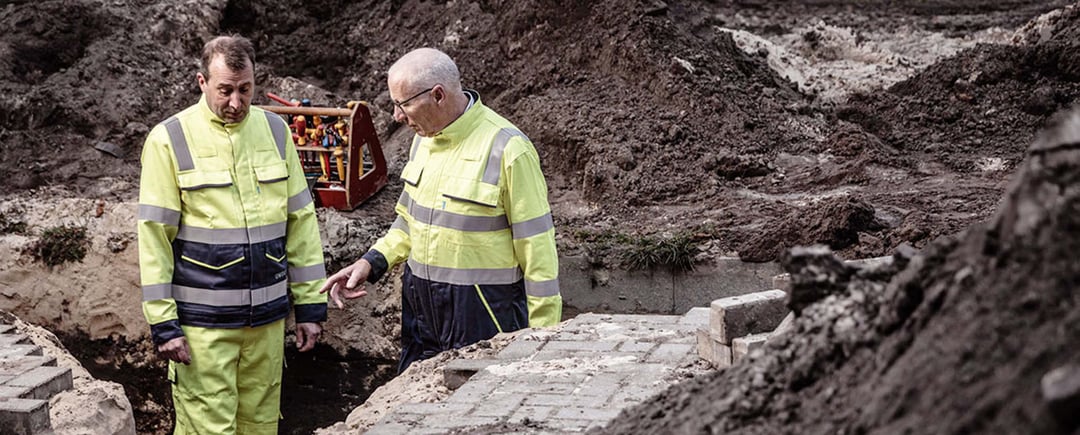The wear trial: it is an essential part of the tender process where theory and practice meet. It enables you and your employees to experience the new protective clothing in terms of look and feel. But what if there are differences between the specifications on paper, and the way your colleagues experience the garment when they actually get to wear it? And if that is the case: why should you care? In this blog, we will outline what should really matter to you as a health and safety manager while conducting a wear trial.
Important focus points when conducting a wear trial
There are different elements to take into account during the wear trial. First, we will sum up from which different angles you, and your employees should ideally look at the new garments.
Conducting a wear trial from a general perspective:
- Improvement: are the garments an actual improvement compared to the current protective clothing in terms of safety, durability, look and feel?
- Standards: did you include the right specifications in your tender, and do these new garments meet the requirements?
- Design: does the design represent your company and brand? Will employees feel proud to wear it?
Conducting a wear trial from the employees’ perspective:
- Comfort: is the new protective clothing comfortable to wear? Do employees want to wear it 8 hours a day – and maybe even outside work hours?
- Durable: are the garments still performing and looking well after several washes? Will employees feel a difference in quality?
As you might have noticed, many of those elements are not based on features and specs – but on emotions.
The voice of the tender, or the voice of the employee?
We often see that the focus during risk assessments and tender processes weighs heavily towards getting the specifications of protective clothing right. Yes – you want the future garments to meet all safety standards so it will protect employees against possible threats in their work environment.
However, focusing too much on specs might also mean that the wear trial becomes something ‘to quickly get over with’, ignoring certain red flags from your employees...
When garments are under- or over-engineered, it might impact the level of comfort of the fabric. And comfort has an indirect, but important effect on safety: when employees don’t like the softness or weight of their garments they might not wear it at all – or not in the proper manner. Having an open jacket is just as unsafe as wearing no jacket at all. Needless to say, the way a garment is worn is directly linked to employees’ level of protection during work hours.
How can the wear trial truly improve and innovate your protective clothing?
Long story short, look and feel might be on your ‘nice to have’ list, but our advice is to take comfort just as serious as safety specifications. Not only during the wear trial, but from the very beginning of your new protective clothing journey. This way, you will be able to truly improve and innovate the safety culture of your company.
If you are in doubt whether you are giving the wear trial the attention it needs, ask our protective clothing expert for advice. Schedule here an appointment with one of our advisors to get an objective and customized advice in order to optimize your wear trial process.



![FR Fabrics Guide [EN]](https://eu.tencatefabrics.com/hs-fs/hubfs/EU%20-%20Images%20website/EU%20-%20Mock-up%20nieuwe%20afmetingen/FR%20Fabrics%20Guide%20%5BEN%5D.png?width=170&name=FR%20Fabrics%20Guide%20%5BEN%5D.png)



.png?width=399&name=Risk%20management%20for%20PPE%20clothing%20in%20the%20EV%20and%20battery%20industries%20(5).png)
